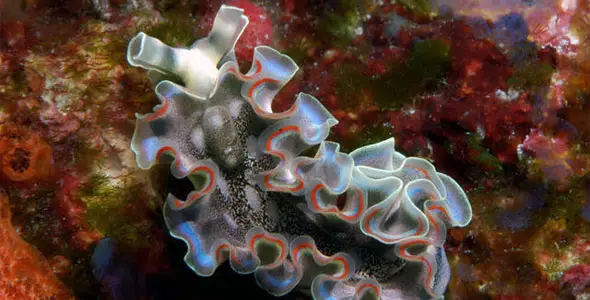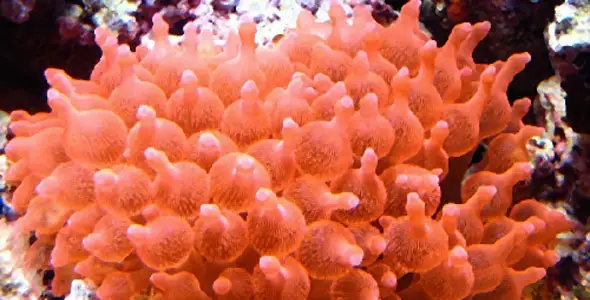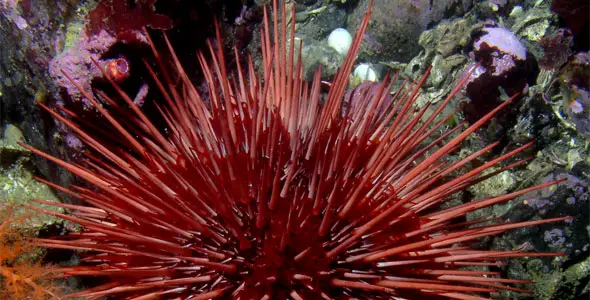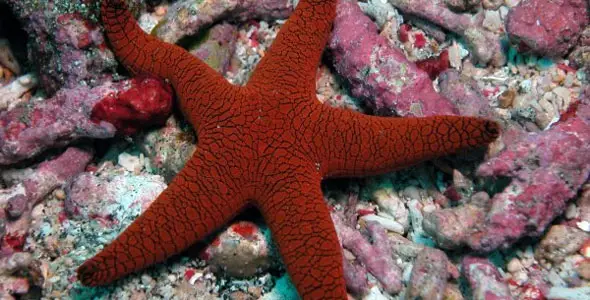Owning an aquarium doesn’t limit you to owning fish. There are a number of other creatures that are suitable for a tank, either with your fish or as unique specimens that must be housed alone. The following creatures are marine invertebrates that are suitable for care in the home aquarium. Some, like clams, are suitable for a community tank while others, like the octopus, must be housed alone or they will demolish your population. None of these are suitable for beginners; they should only be attempted by those who have some experience with marine aquariums and have a well-established, high-quality system in place. Remember! Invertebrates are highly intolerant of copper-based medications and many are very intolerant to changes in water quality, so be aware!
Critters for Aquariums:
Sea Cucumbers require large systems with thick sandy substrates and rocky caves. They eat diatoms, bacteria, meaty foods, and algae. Take care with them as they are poisonous and will release toxins into the wild, and some varieties will spit out their organs into the tank, which is dangerous for the fish as the organs are toxic. While they would normally regenerate their organs in the wild, this is less common in the aquarium setting and the cucumber will likely die. Be very careful to cover intakes on any pumps or powerheads as cucumbers love to attach to them and may get sucked in.
Tiger Tail – Brown bodied, spotted in white and covered with papillae that resemble rose thorns. It will often find a cave that it likes and attach its lower body, extending the upper half out of the cave to search for food.
Sea Cucumber – Also known as the Edible Sea Cucumber, it has a long pinkish body. Its back end is often darker colored, either green or black. It loves to roam and will spend most of its time in the open.
Yellow Sea Cucumber – A rather stunning specimen, it is bright yellow with spiky, coral like projections. They are filter feeders and will extend their branchy-like arms out into the current to filter out food. If they begin to shrivel and lose arms, they are malnourished and need additional food added to their tank.
Sea Apple – A stunning and quite astounding addition, the Sea Apple is blue in body with little red feet. In addition, it has tentacles that are violet, blue, and red with white tips. Keep this in tanks with peaceful fish ONLY.
Cephalopods, such as octopus, are not suitable for community aquariums, though they can be kept singly in a tank of their own. They are excellent at camouflage and escaping, so you must be careful to keep the tank tightly sealed. Cephalopods are carnivorous and require regular feedings of clam, shrimp, and fish meat. Though there are four types of cephalopods- cuttlefish, nautilus, octopus, and squid- only octopus are suitable for keeping in a home aquarium.
Fan Worms, also known as Feather Dusters, are marine worms that seem to resemble long-fingered anemones. They attach to rocks or sand with their base and are filter feeders. By waving their feathery arms in the current they catch infusoria or other bacteria and then bring them to the mouth before releasing the arm back out into the current. They are quite large, some measuring up to ten inches in diameter.
Sea slugs or Nudibranches are vividly colored invertebrates with unusual body shapes. They are found in tropical reefs and have rhinophores or horns on their heads. They love to huddle around pump intakes, so care must be taken to ensure that these are closed off. Some sea slugs are able to release ink to scare off attackers. They should be kept in tanks with non-aggressive companions and an excellent filtration system so that if the ink is released it can quickly be filtered from the water as it is toxic in an aquarium setting.
Dwarf Sea Hare – This sea slug receives its name from the location of its horns and tentacles which give it the appearance of a bunny rabbit. It loves to eat algae and may need to have its diet supplemented with boiled lettuce and dried kelp.
Lettuce Sea Slug – While unusual and entertaining, it is not really a Nudibranch. Its ruffled sides make it a striking addition to the tank. It requires algae to forage for part of its diet and for the other part utilizes photosynthesis.
Sponges are filter feeders that enjoy microplankton that they will receive from the water as they filter it. They should not be anchored in sandy substrates but in solid rockwork and will develop calcium or silica structures to help support their shape. Caring for sponges should only be attempted by expert aquarists. Supplement their diet with liquid plankton and other dissolved organics.
Freshwater/ Saltwater: Saltwater
Reef Compatibility: 6
Tank Mate Compatibility: 5




